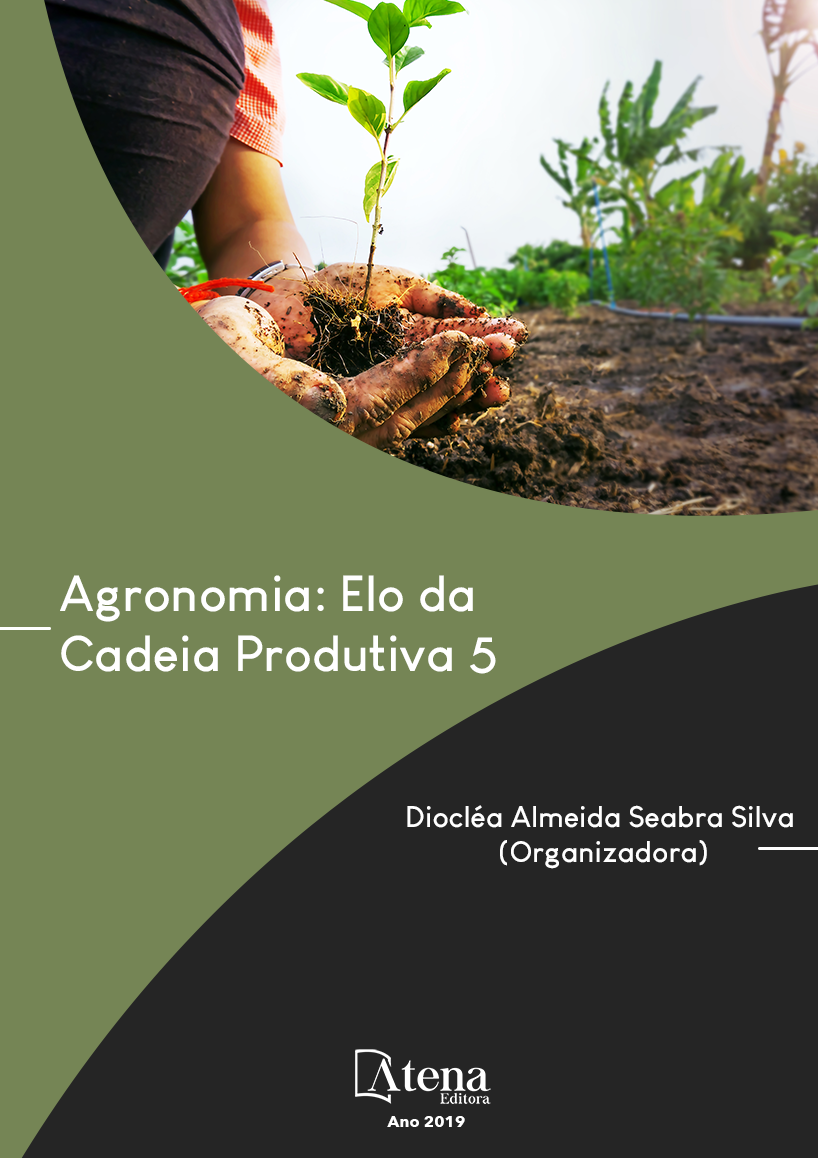
A CAFEICULTURA NO BRASIL: DIAGNÓSTICO DA CAFEICULTURA EM MUNICÍPIOS DO SUL DE MINAS
Objetivou-se com este trabalho
diagnosticar a cafeicultura dos Municípios,
Alfenas, Campestre, Paraguaçu e Serrania no
Sul de Minas Gerais. A pesquisa de campo foi
realizada através de uma amostragem junto
aos cafeicultores, por meio de um questionário
pré-estabelecido, onde foram entrevistados
para levantamento dos dados informações
sobre a parte econômica social e ambiental da
atividade bem como tecnologias empregadas.
Conclui se que a cafeicultura nos municípios
analisados são responsáveis pela principal fonte
de renda agropecuária, sendo a bovinocultura
a segunda opção de renda. Os cafeicultores
são bem tradicionais em relação ao plantio
de novas cultivares, sendo consolidados os
cultivos de Mundo novo e Catuaí, Os manejos
são na maioria Manuais, assim como a colheita,
com níveis altos de produtividade e qualidade.
Grande percentual dos cafeicultores fazem
controles e gestão da atividade baseados em
custo de produção.
A CAFEICULTURA NO BRASIL: DIAGNÓSTICO DA CAFEICULTURA EM MUNICÍPIOS DO SUL DE MINAS
-
DOI: 10.22533/at.ed.2431903121
-
Palavras-chave: Planejamento. Administração. Sustentabilidade
-
Keywords: Planning. Administration. Sustainability
-
Abstract:
The objective of this study was
to diagnose coffee growing in the municipalities,
Alfenas, Campestre, Paraguaçu and Serrania
in southern Minas Gerais. The field research
was carried out through a sampling with the
coffee growers, through a pre-established
questionnaire, where they were interviewed to
collect data about the social and environmental
economic part of the activity as well as the
technologies employed. It is concluded that
coffee growing in the municipalities analyzed is
responsible for the main source of agricultural
income, being cattle farming the second income
option. The coffee growers are very traditional
in relation to the planting of new cultivars, being
consolidated the cultivation of Mundo Novo
and Catuaí. The managements are mostly
manual, as well as the harvest, with high levels
of productivity and quality. A large percentage
of coffee farmers control and manage their activities based on production costs.
-
Número de páginas: 14
- Eduardo Vinicius Franco da Silva
- Ramon Mendes de Souza Dias
- Wagner Borim Teixeira
- Edimar de Paiva
- Nilson Pereira Gomes


